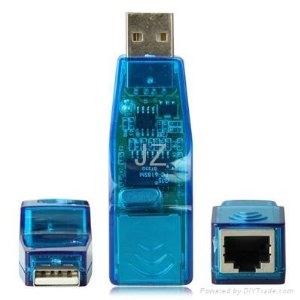CSR developed Bluetooth, WiFi and location technology which was cutting edge. Its customers have included Samsung, RIM, and Nokia, and even the first generation of iPhone,
but it was losing ground in smartphones to bigger rivals who were combining more functions in a single platform.
"There is a big war going on between the giants of the semiconductor industry like Qualcomm, Intel and Samsung LSI to deliver the complete solution into smartphones," CSR's chief executive Joep van Beurden said in an interview on Tuesday.
"Our team and technology - location and connectivity - is in its own right an extremely important part of that platform, but it is even more important if it completes your product offering and that is exactly what Samsung is doing."
Samsung tops the mobile apps processor market in terms of revenue, controlling 72 percent in the first quarter, followed by Texas Instruments with 12 percent and Qualcomm with 9 percent, according to data from Strategy Analytics.
Samsung said the deal would add more capability to its platforms featuring the application processors that power the world's most popular smartphones and tablets - Apple's iPhone, iPad and its own Galaxy products.
"By leveraging CSR's R&D capability, Samsung will strengthen its application processor platform and solidify its position as a leading semiconductor solutions provider," said Stephen Woo, Samsung's president of System LSI Business, Device Solutions.
Brian Park, semiconductor analyst at Tong Yang Securities, said that up to now Samsung's growth in the mobile sector was driven by its strength in memory chips.
"With this development, Samsung has set up a foundation to bolster its non-memory capabilities," he said.
"Access to CSR's patents could also serve as a buffer in future patent disputes."
Samsung and Apple are waging legal battles in about 10 countries, accusing each other of patent infringement as they vie for supremacy in the mobile device market.
CCS Insight analyst Geoff Blaber said Samsung's move came hot on the heels of the acquisition of Nanoradio, a Swedish WiFi chip set company, on June 1.
"It underlines Samsung's commitment to strengthening its vertical advantage by extending silicon capability most notably in WiFi and GPS," he said.
As well as buying CSR's technology and handset team, which numbers 310 employees, Samsung will also invest $34.4 million in a 4.9 percent stake in CSR at a price of 223 pence a share.
According to
Joep van Beurden, CSR will keep the existing products and revenues, and could now focus its attention on areas where it was already winning, like voice, music, automotive and imaging.
See more at Paul Sandle and Hyunjoo Jin's "Samsung buys chipmaker CSR's handset technology".








